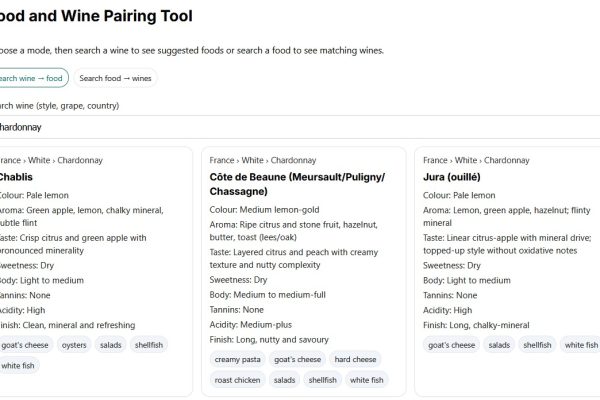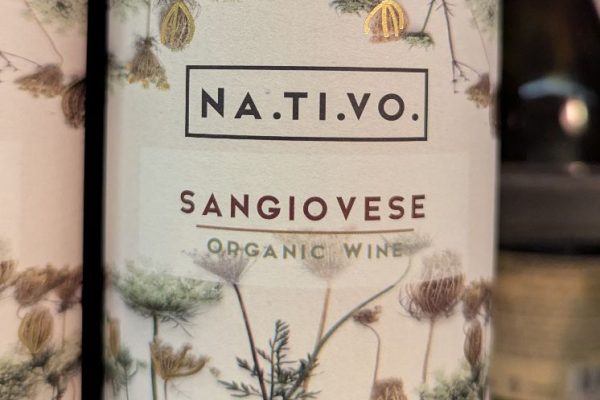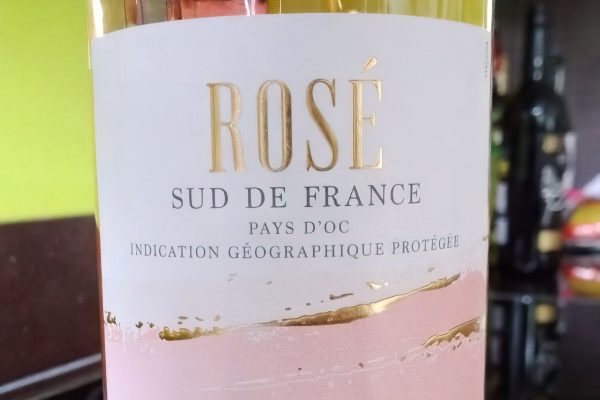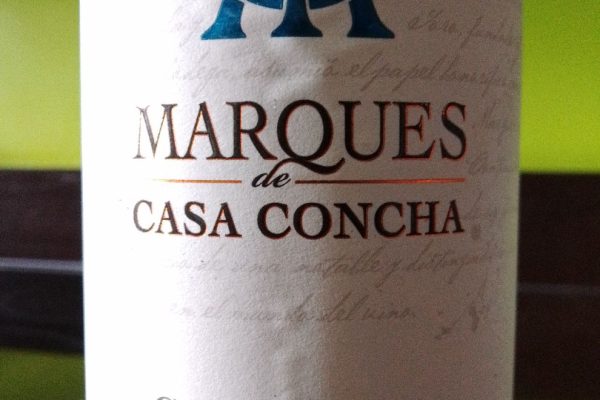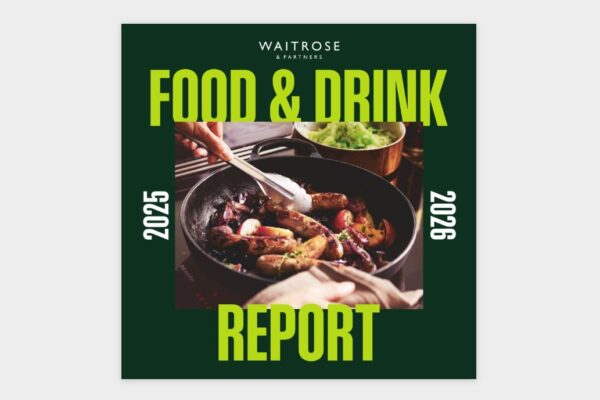
The new free report by Rabo Research explores why Generation Z appears to be consuming significantly less alcohol. Although this report is based on data from the United States, its insights are globally relevant. The cultural, technological, and economic forces shaping Generation Z’s drinking habits are not confined to national borders. Similar patterns are observable in other developed countries, including the UK, where young people are also drinking less than previous generations.
Contrary to popular belief that this decline is driven by health concerns or image-conscious social media habits, the research identifies more structural causes. Firstly, much of Gen Z is too financially constrained to drink at the levels of older groups. Many tend to have lower incomes as they are still students or early in their careers. When measured as a proportion of income, their spending on alcohol is actually comparable to other generations at a similar life stage.
However, there is a real generational shift underway. Young people today are less likely to socialise in person, partly due to the dominance of digital interaction through smartphones. Since drinking is mostly a social activity for the young, fewer face-to-face interactions naturally lead to less alcohol consumption. Surveillance and documentation via mobile phones also deter underage drinking, as teens are more likely to get caught by parents or schools. This increased monitoring, along with the cultural shift toward online life, means fewer opportunities and greater risks for experimenting with alcohol during formative years.
Demographic changes further explain the decline. Gen Z is more ethnically diverse and includes a higher proportion of women among alcohol consumers. Historically, these groups drink less on average than white men, who once dominated alcohol consumption. As these more moderate-drinking groups make up a larger share of the drinking population, overall consumption declines. This demographic shift is already affecting product categories differently. Spirits, for example, are more popular among Gen Z than wine, which lacks strong cultural associations among non-white communities.
Although underage drinking has dropped sharply, this does not mean Gen Z will never catch up. The report suggests that as they age and gain more income and independence, their drinking levels will likely rise, though not necessarily to match those of older generations. Alcohol will likely remain a less central part of Gen Z’s identity and social habits, simply because it did not play a major role in their youth.
In conclusion, while Generation Z’s alcohol consumption is lower now, much of this is temporary and related to age and life stage. Yet there are enduring generational and demographic factors, such as tech-driven social changes and greater diversity, that suggest they may never drink quite as much as previous generations. For alcohol companies, the key lies not just in knowing that Gen Z drinks less, but understanding why, and adjusting their marketing and product development to reflect a more diverse, cautious and digitally native consumer base.






